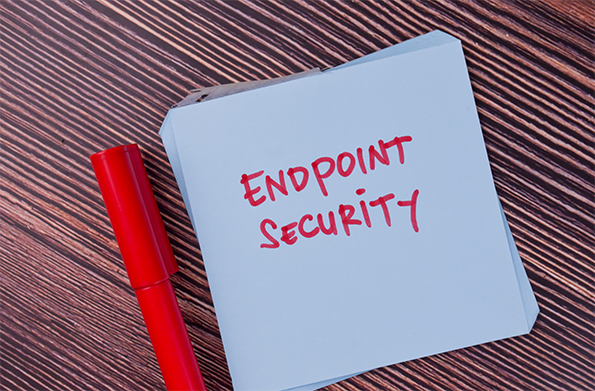
- Data is more mobile, more fragmented, and more vulnerable than ever. Organizations share files across departments, supply chain suppliers, remote workers, and global partners. With all this movement, one thing is clear: traditional perimeter-based security is no longer sufficient. Many security teams have implemented Data Loss Prevention (DLP) tools. DLP helps identify and monitor sensitive data to prevent accidental or malicious leaks if the data is within its controlled boundary. But in today’s environment,...
- Data is more mobile, more fragmented, and more vulnerable than ever. Organizations share files across departments, supply chain suppliers, remote workers, and global partners....









